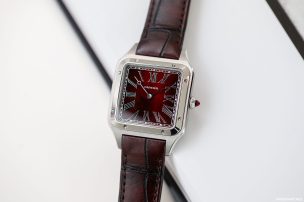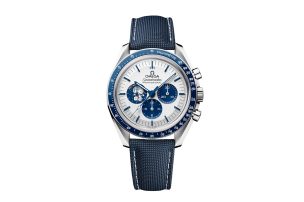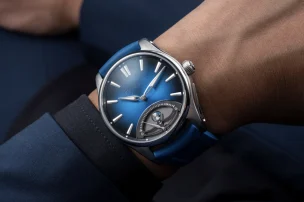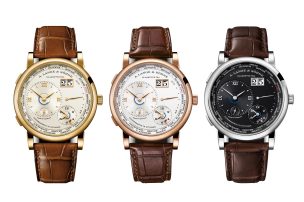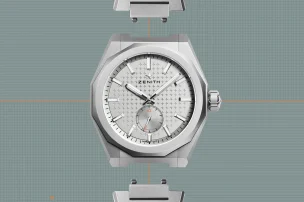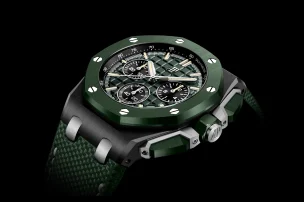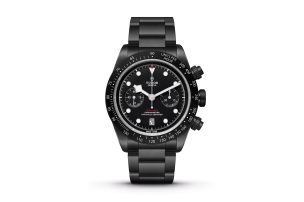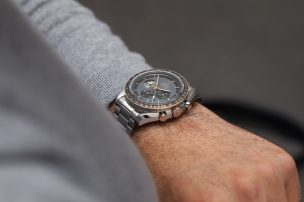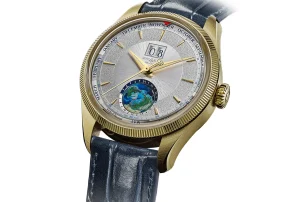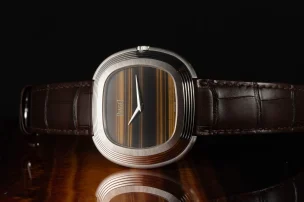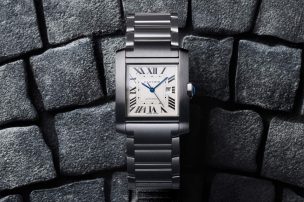
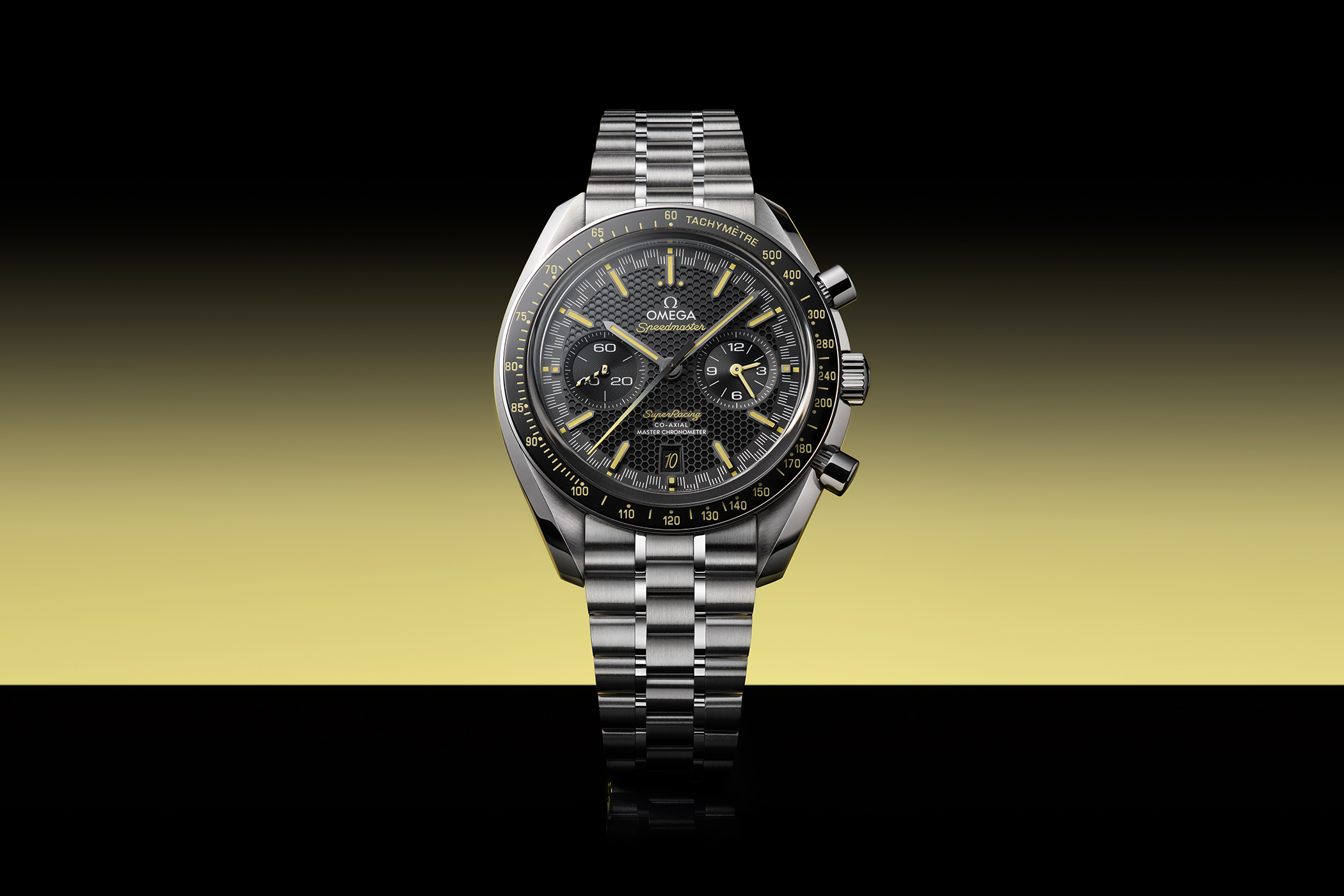
The Omega Speedmaster Super Racing with Spirate System
Omega has become something of a talking point in the industry recently. Last year, the company unveiled the most spectacular movement in its history, the Calibre 1932. Marking the world’s first calibre to combine an integrated chronograph and a minute repeater, it was proof that Omega’s ongoing quest for innovation is far from over. This is also the case with the new Speedmaster Super Racing, especially what ticks away within. Inside this latest piece lies the new Spirate™ system, featuring a patented hairspring pushes the boundaries of accuracy in watchmaking today.
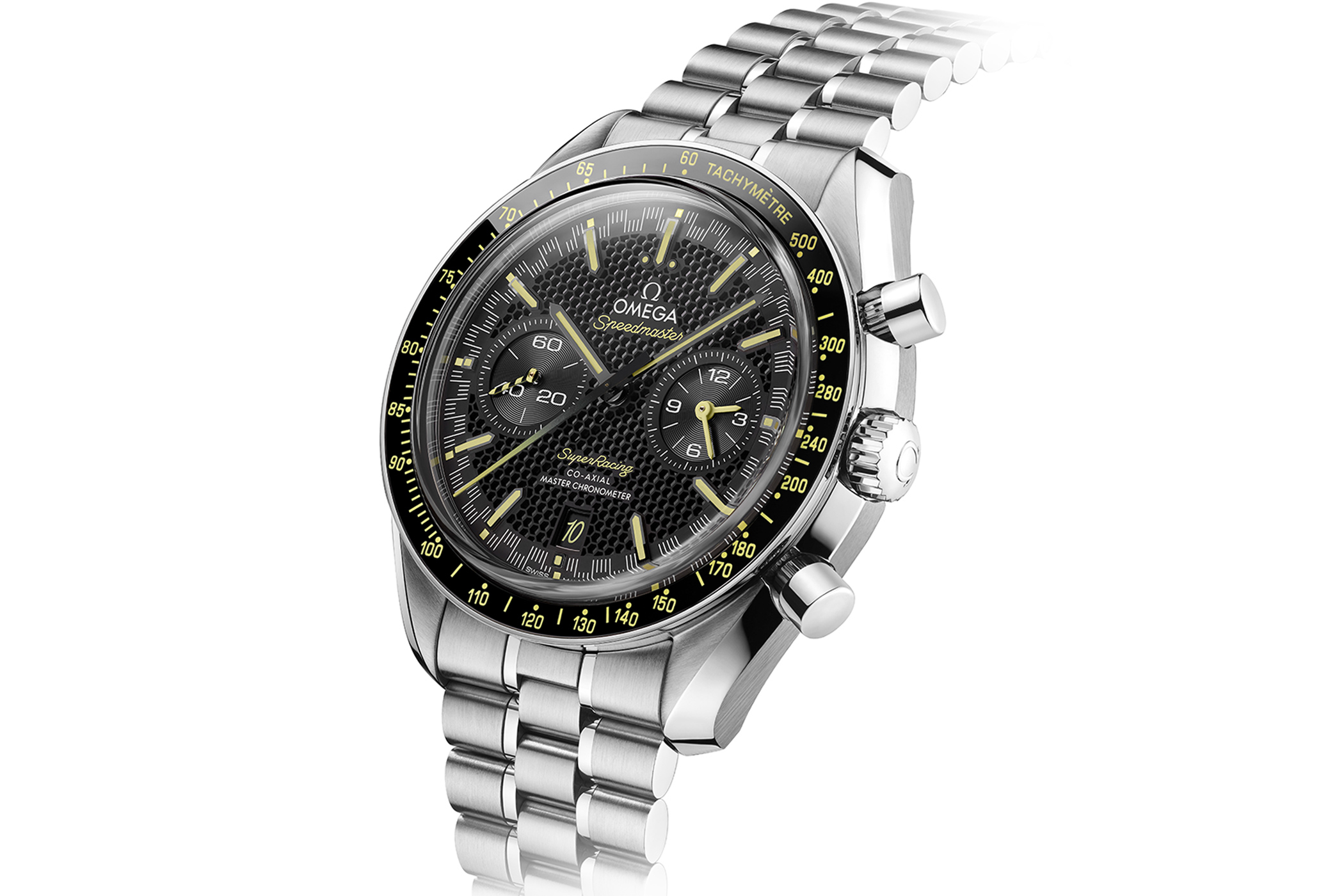
A journey of innovation
What makes this new innovation possible harks back far in the history of Swiss watchmaking. A major milestone in the improvement of accuracy was, as many will know, George Daniel’s Co-Axial escapement. Reducing the contact surfaces, it thus requires less lubrication – providing a solution to the age-old problem of friction that can affect the accuracy of a watch.
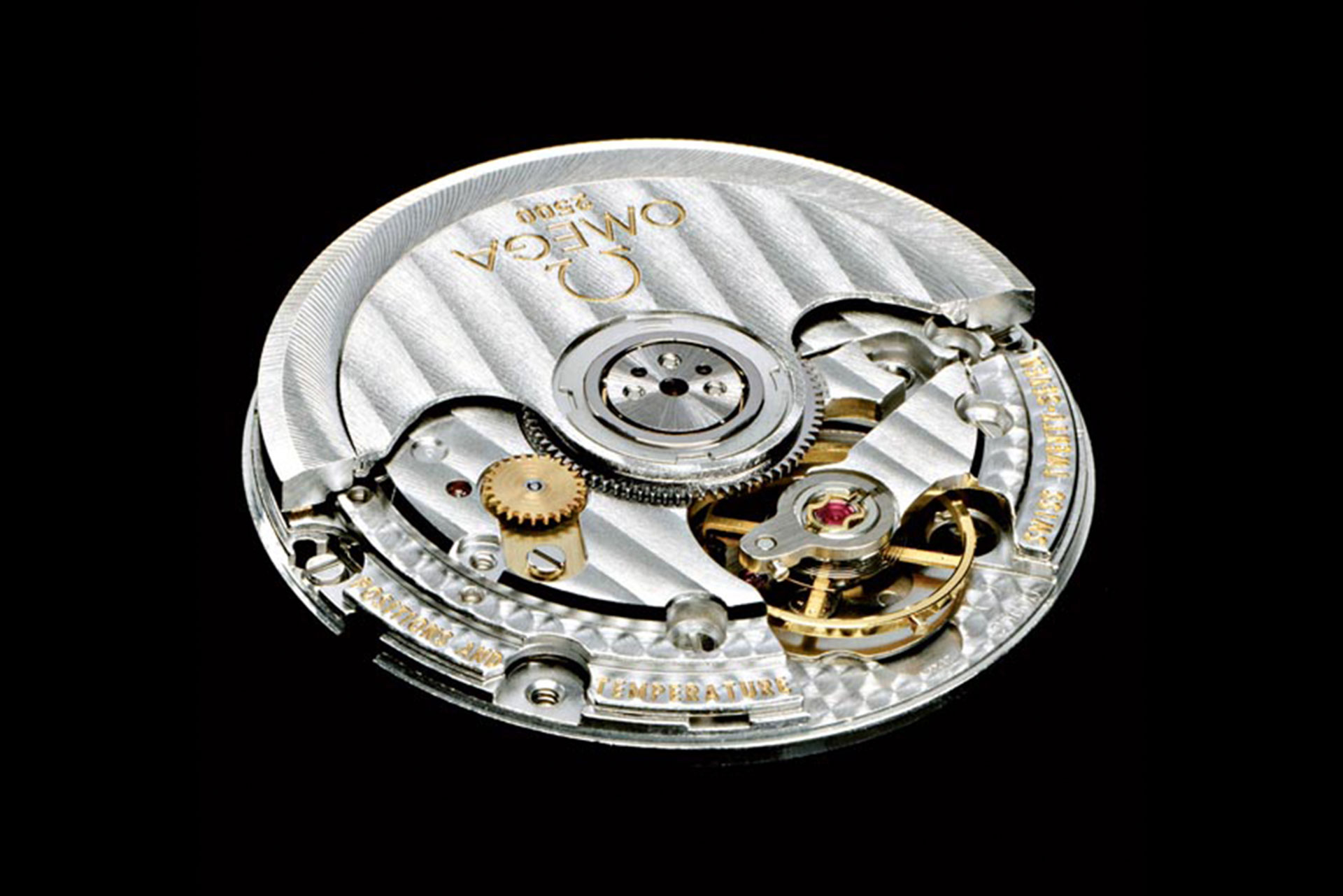
Invented by Daniels and mass-produced by Omega, the Co-Axial escapement received another core element in 2008: the Si14 balance spring. This spring was designed to withstand the increasingly strong magnetic fields in our lives, from laptops to credit cards. The Si14 balance spring, taking its name from the chemical symbol of silicon, is extremely shock-resistant and insensitive to the effects of magnetic fields.
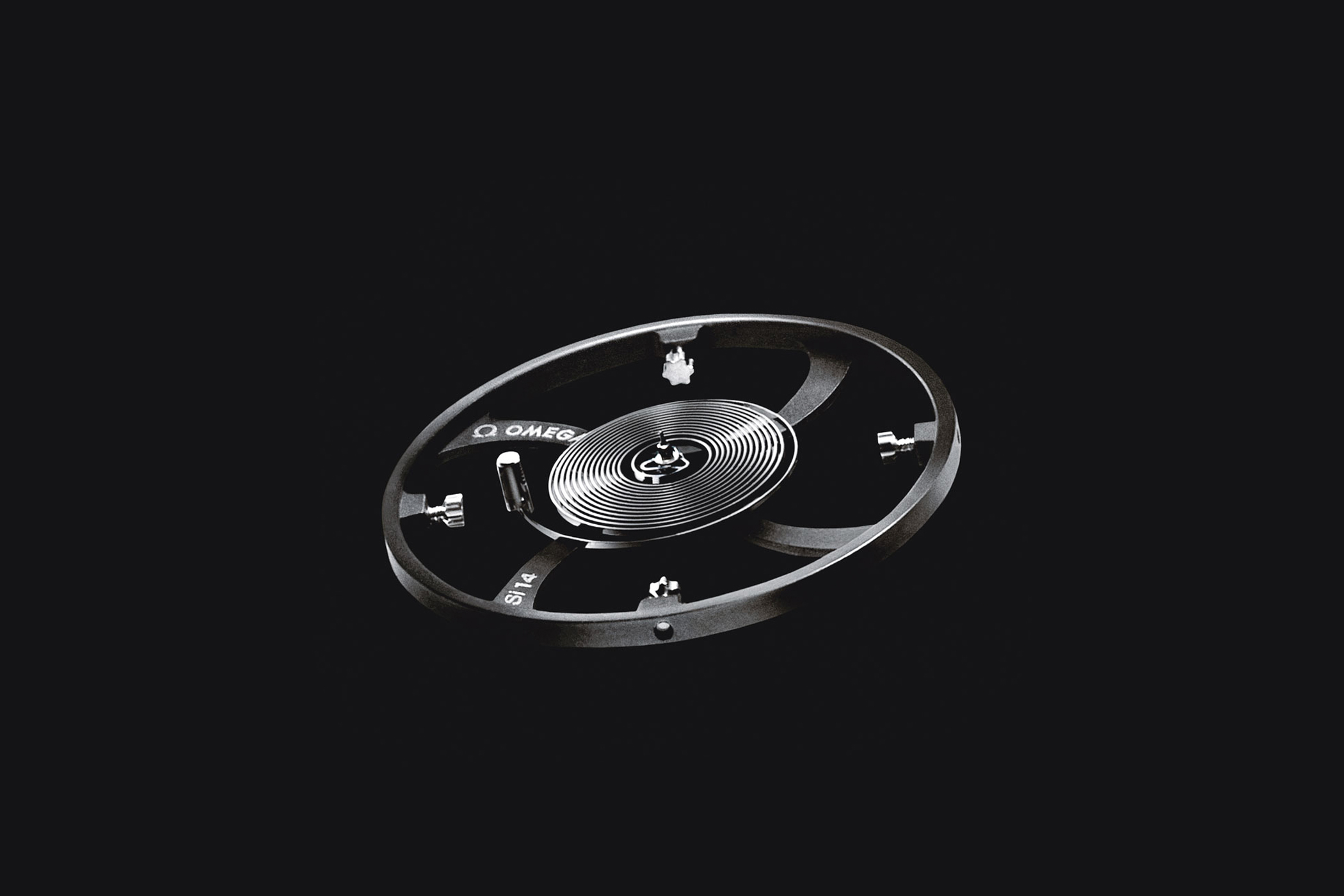
In 2013, Omega topped this with the Seamaster Aqua Terra. It housed the Co-Axial 8508, which could withstand magnetic fields of up to 15,000 gauss. This resistance was achieved by using non-ferrous material, which made the Co-Axial 8508 a truly magnetic movement. Earlier watches that were considered anti-magnetic relied on an inner protective case that could only withstand about 1,000 gauss. Since this protective case was now superfluous, the dials could be equipped with date windows without neglecting the magnetic protection.
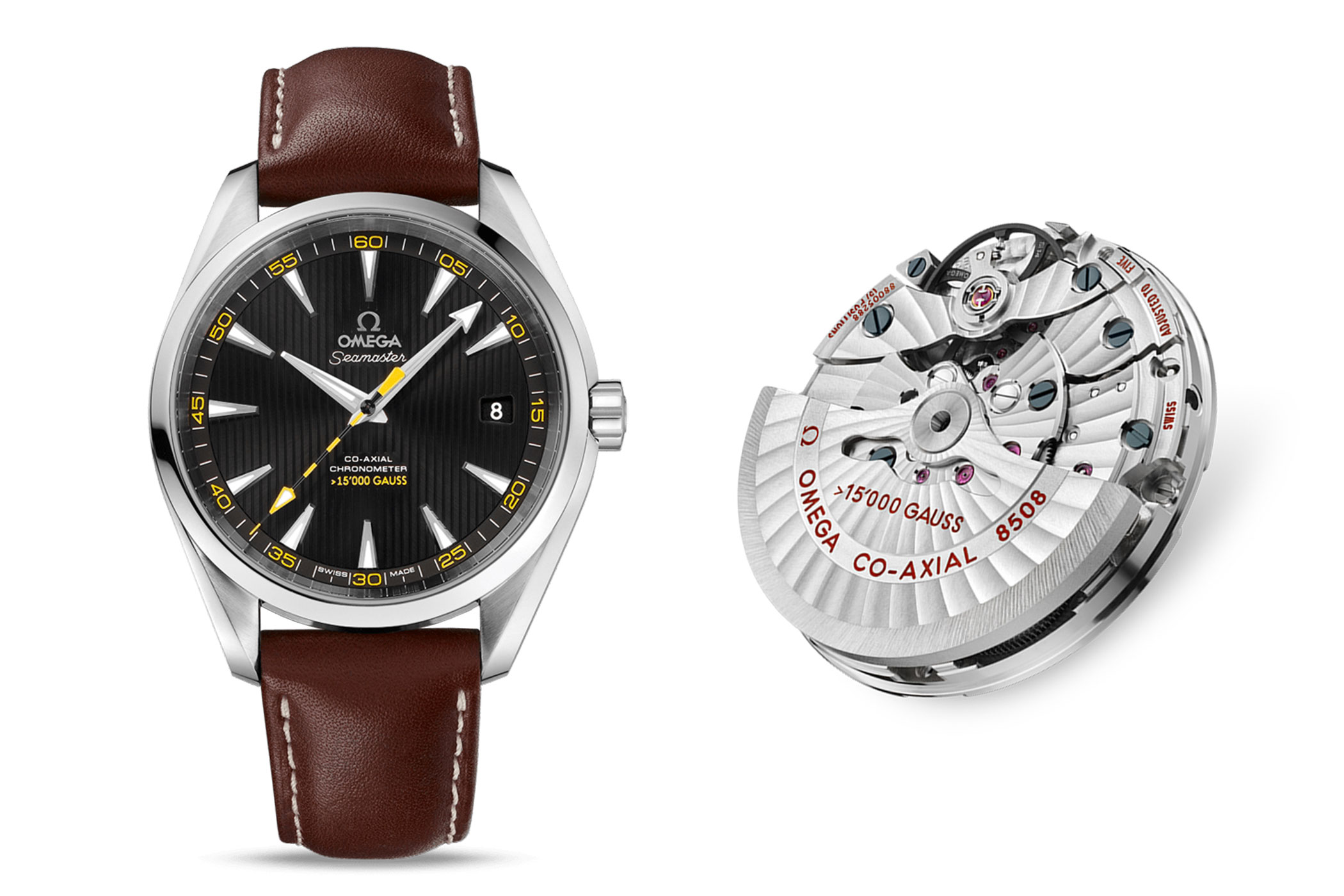
Then, two years later, Omega introduced the Master Chronometer certification. A watch may only hold the title of Master Chronometer if it passes a vigorous testing procedure. Firstly, the movement is tested by the official Swiss chronometer testing body (COSC) with regard to the precision criterion of -4/+6 seconds per day. This is followed by the second test by the Swiss Federal Institute of Metrology (METAS), whereby a daily deviation of 0/+5 – 0/+7 seconds is permitted, depending on the calibre. In total, the procedure comprises 283 steps and 8 tests, which are carried out over 10 days. But with the mechanism now being introduced, Omega promises something completely new.
The Spirate System
The calibre of the new Omega Speedmaster Super Racing contains a new patent-pending Si14 hairspring that enables ultra-fine rate regulation. It allows the watchmaker to influence the stiffness of the hairspring’s attachment point via a regulating mechanism on the balance bridge. A small change that makes a bold promise: a certified precision of 0/+2 seconds per day.
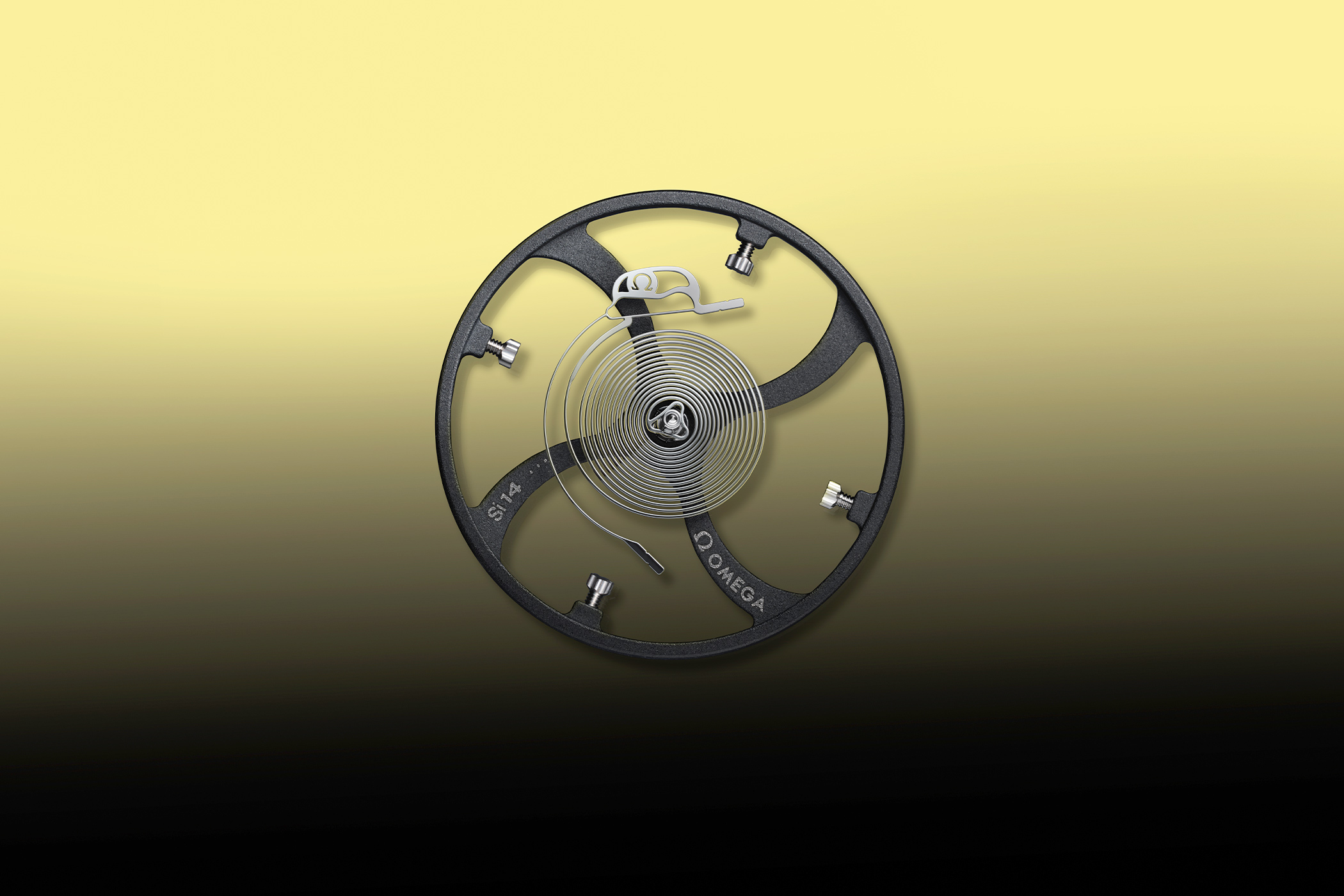
Omega is determined to exploit its innovation to the full and also to gradually integrate it into other calibres. The new Omega Speedmaster Super Racing can therefore only be seen as the forerunner. But one thing is certain: the small hairspring still has a successful future ahead of it.
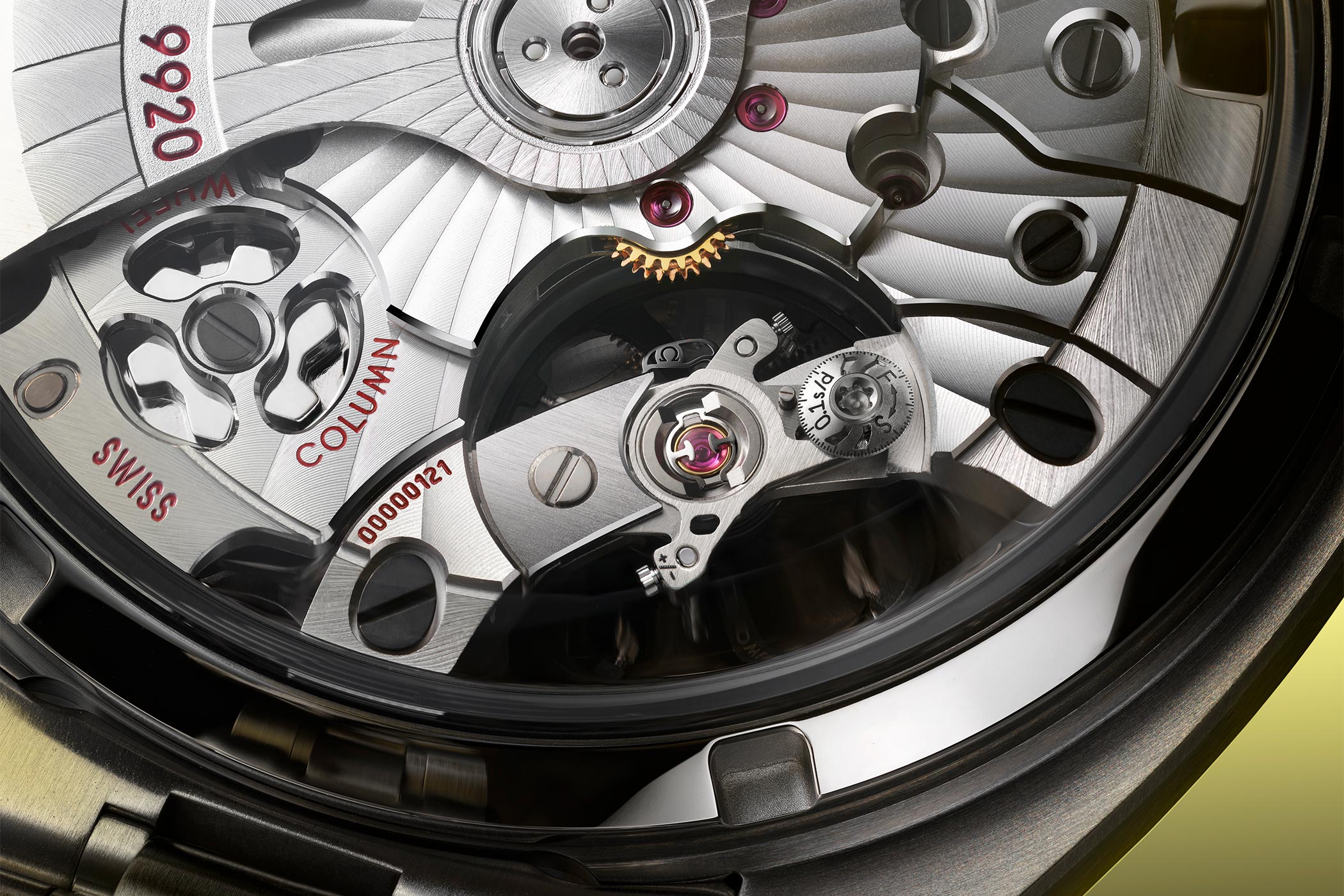
The new Omega Speedmaster Super Racing
The stainless steel case of the Omega Speedmaster Super Racing has a diameter of 44.25 mm and a case height of 14.9 mm. The water resistance is 5 bar (50 metres).
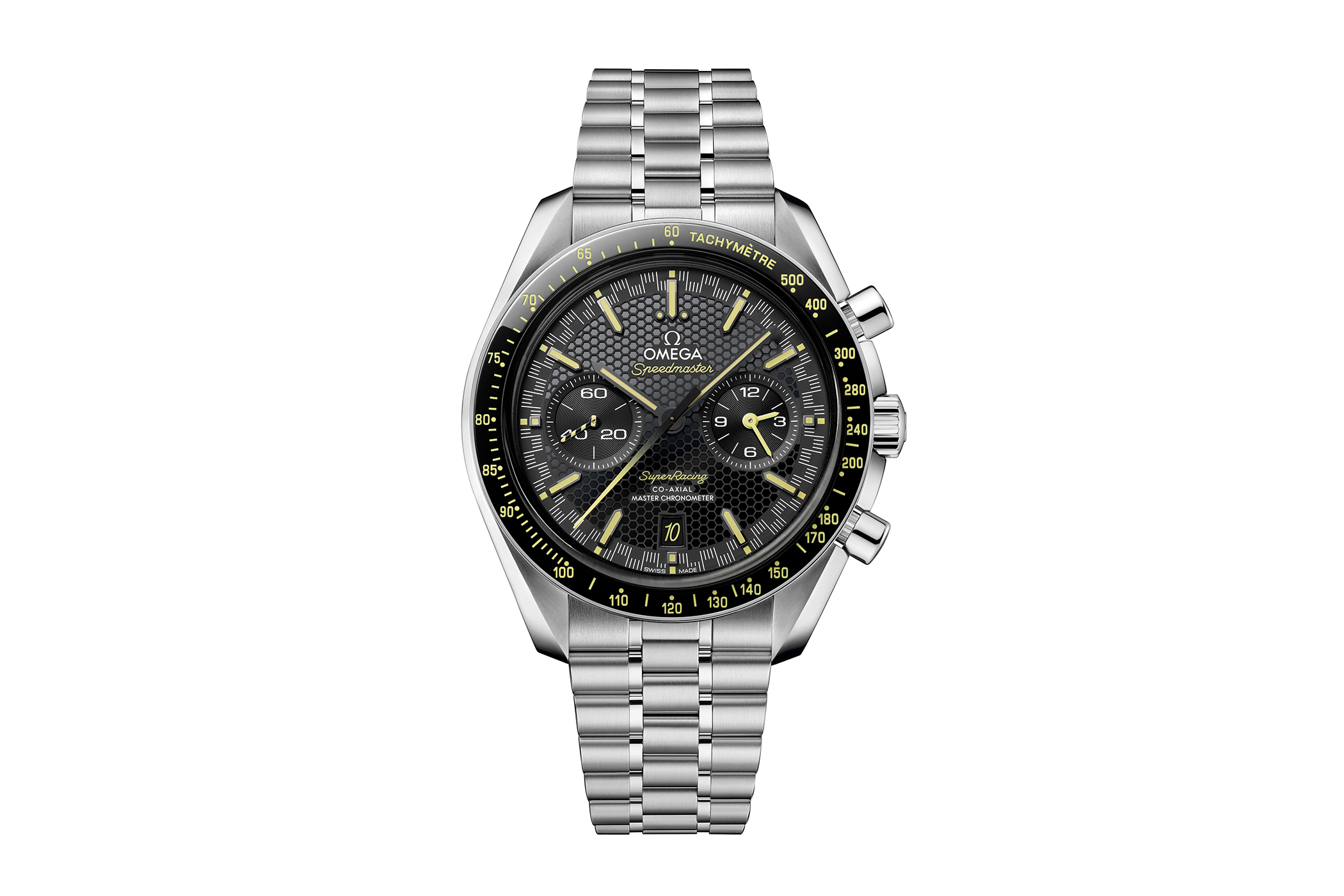
Let’s take a look at the black sandwich dial, which holds some design codes from the 2013 anti-magnetic trailblazer, the Seamaster Aqua Terra. The dial is framed by the signature racing-style minute track and a ceramic bezel with tachymeter scale in the new bold yellow Grand Feu enamel. This colour is also present on the chronograph hand as well as the yellow and black striped small seconds hand at 9 o’clock.
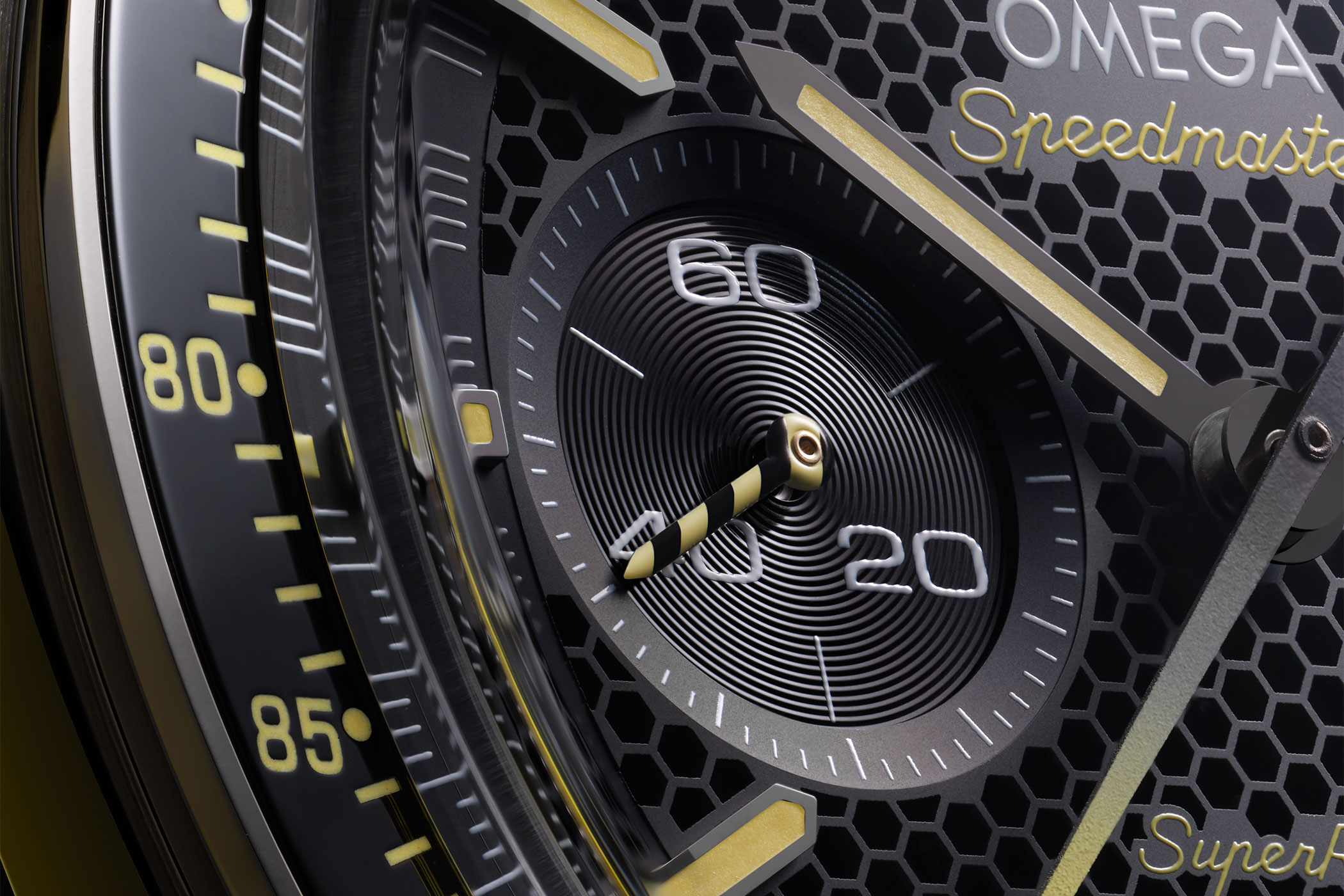
Meanwhile, the 60-minute and 12-hour counters are on the opposite subdial at 3 o’clock. In addition, a date window sits at 6 o’clock. This date window has a stylish surprise in store once a month, with the number 10 in the font of the Speedmaster logo. The 10 here is a playful reminder of the 10th anniversary of the Seamaster Aqua Terra. Finally, the inspiration for the honeycomb structure of the dial is a concept timepiece, now in the Omega Museum, that withstood extreme magnetic fields of 160,000 Gauss.
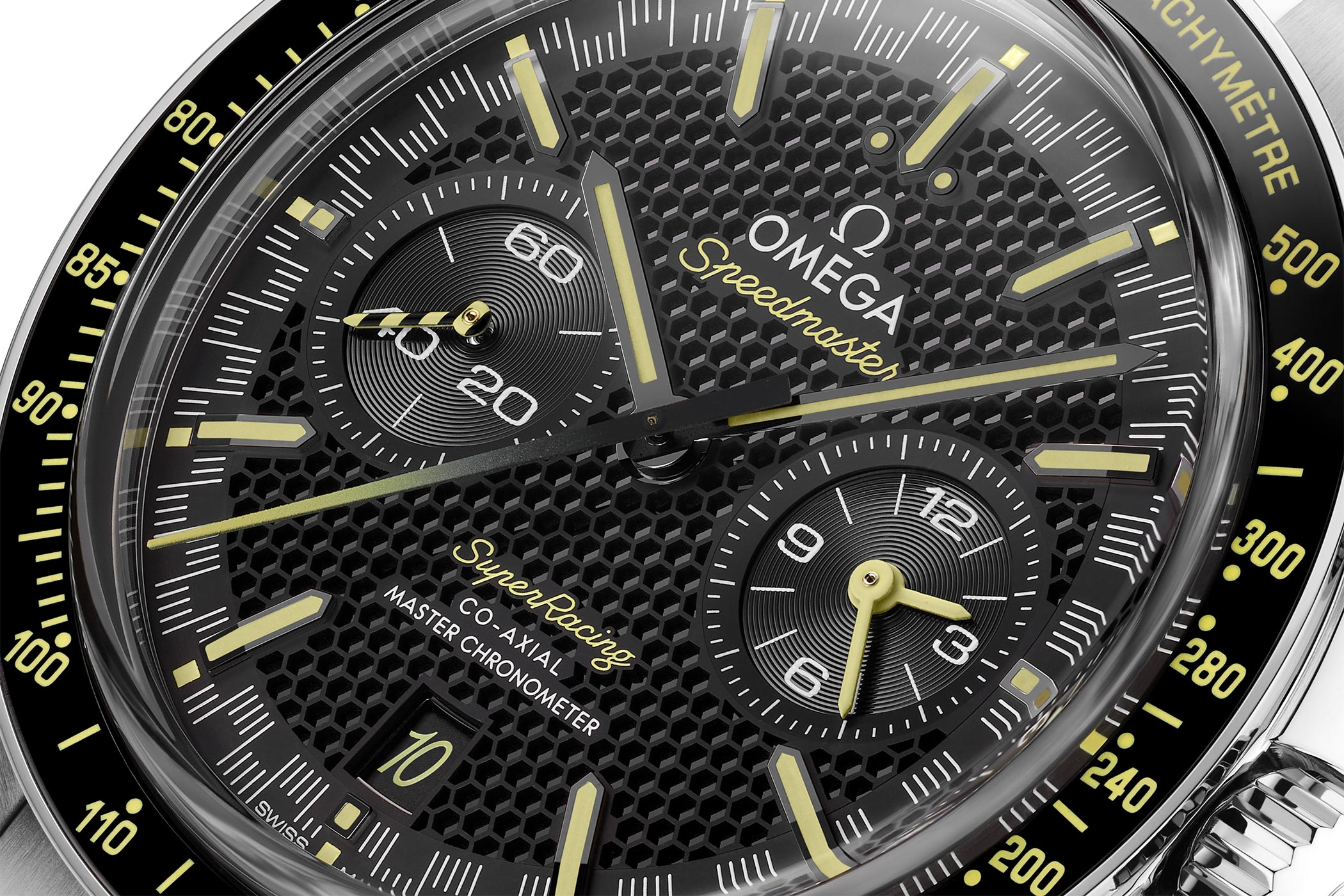
Turning the timepiece over, the open sapphire crystal caseback reveals the new mechanism. Inside works the OMEGA Co-Axial Master Chronometer calibre 9920, combining all the watchmaking milestones. The automatic movement offers a power reserve of 60 hours and operates at a frequency of 4 Hz.
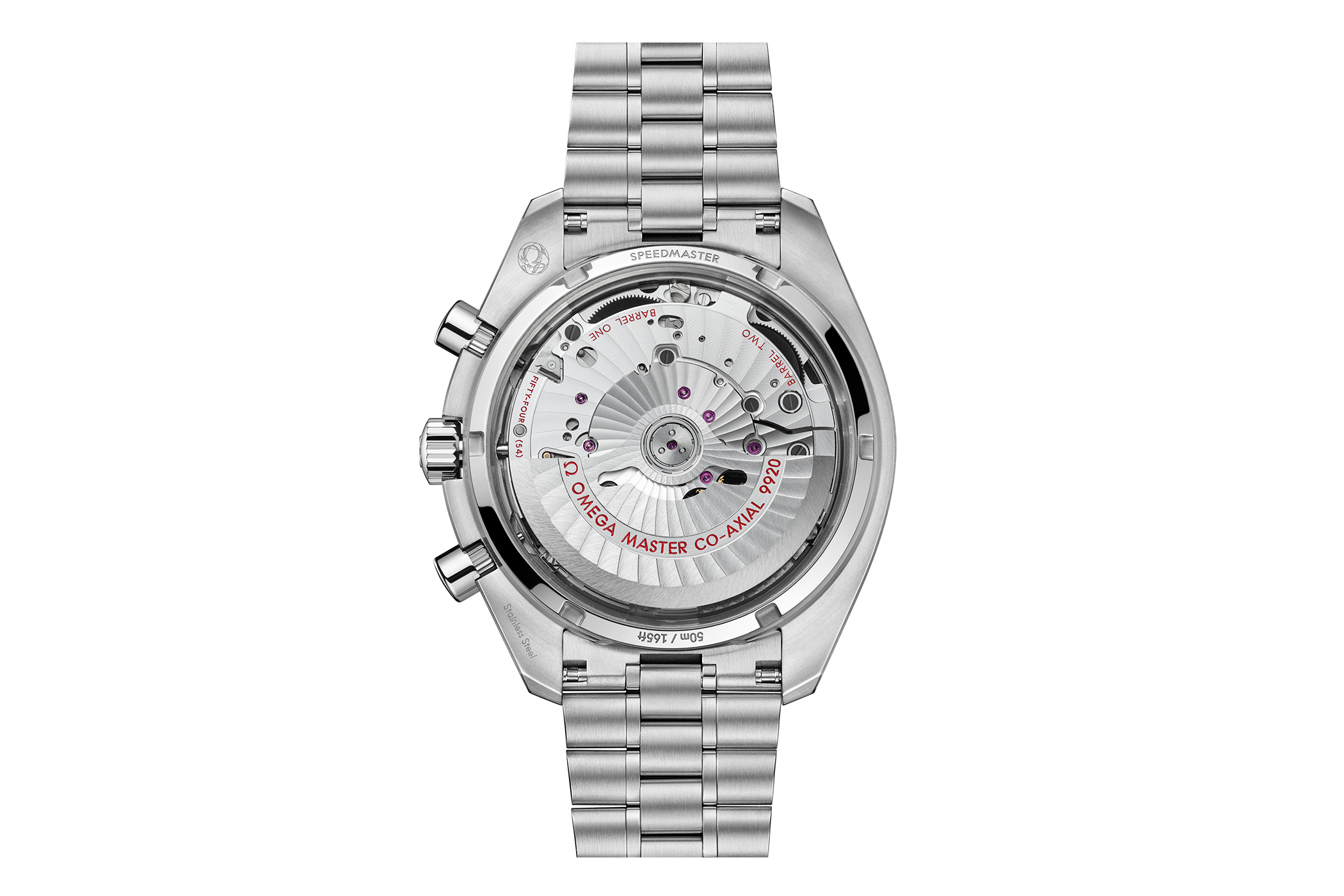
Bracelet and case
In addition to the steel bracelet, the Speedmaster Super Racing also comes in a NATO strap made of recycled nylon with black and yellow stripes, which echoes the characteristic colour of the Seamaster Aqua Terra. Finally, the collector’s item is housed in a black case with a honeycomb structure and yellow stitching, which also contains the NATO strap and tools for changing the strap.
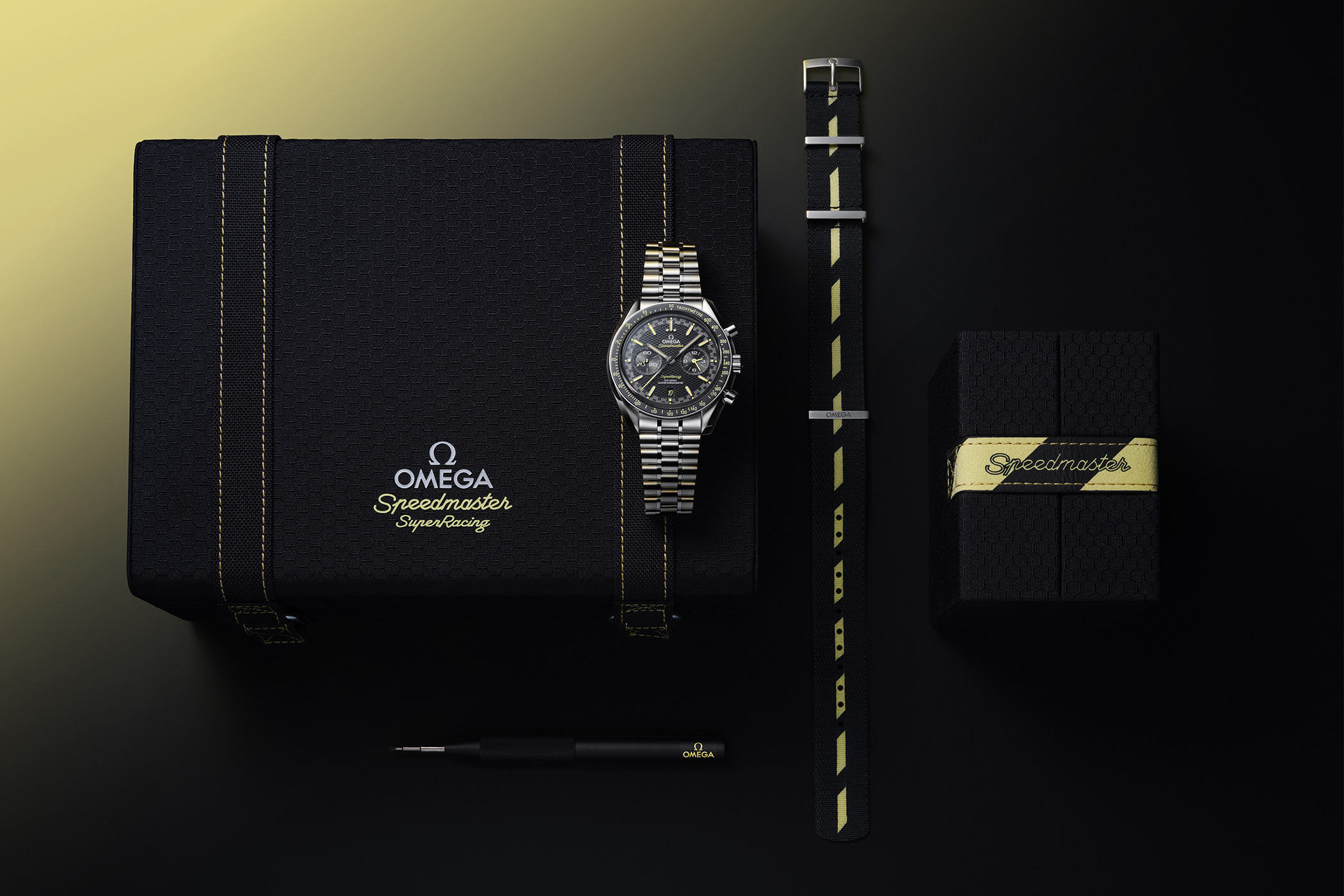
FEATURES
Height: 14.9 mm
Lug to lug: 21 mm
